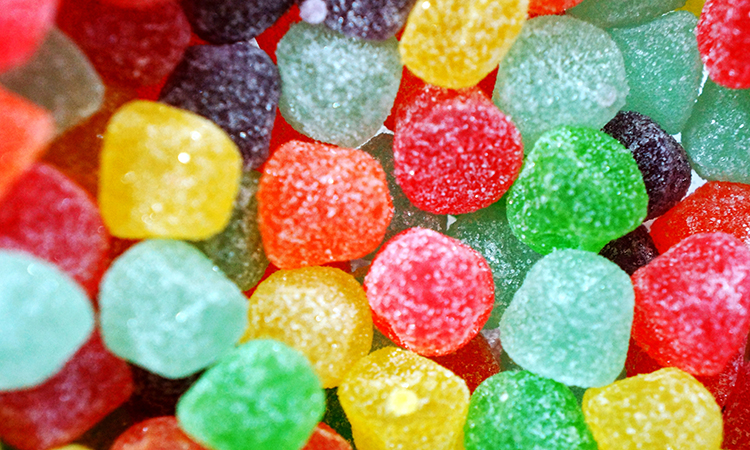How sweet is it? Variations in sugar testing methods
- Like
- Digg
- Del
- Tumblr
- VKontakte
- Buffer
- Love This
- Odnoklassniki
- Meneame
- Blogger
- Amazon
- Yahoo Mail
- Gmail
- AOL
- Newsvine
- HackerNews
- Evernote
- MySpace
- Mail.ru
- Viadeo
- Line
- Comments
- Yummly
- SMS
- Viber
- Telegram
- Subscribe
- Skype
- Facebook Messenger
- Kakao
- LiveJournal
- Yammer
- Edgar
- Fintel
- Mix
- Instapaper
- Copy Link
Posted: 21 December 2020 | Life Science Business of Merck | No comments yet
The Life Science Business of Merck recently led a New Food webinar featuring the expertise of Dr Yanqi Qu. Here, we offer you some of the key takeaways…


The recent webinar, in association with New Food, discussed variations in sugar testing methods with Dr Yanqi Qu, Food and Beverage Safety and Quality Technology Specialist for the Life Science Business of Merck. He spoke of specific requirements for processed foods such as potato chips, salad dressing and chocolate. In this article, we recount some of the questions asked during the live session and share Dr Qu’s insightful responses.
How should I prioritise mobile and advanced sugar testing?
It really depends on why/what you are testing and the matrix you are working on, as well as your requirements for sugar-testing results. For example, if you want to quickly check sugar content in a beverage or ingredients during processing, and you only deal with normal sugars, such as glucose, sucrose and fructose, mobile sugar-testing methods (eg, automatic enzymatic kits or test strips) will be a good fit. You could also just use Brix for syrup testing. However, if you want an in-depth study on the sugar profile, especially for special sugars, advanced sugar testing, such as HPLC, will be the best method.
Which methods are better for qualitative analysis and which are better for quantitative analysis?
Brix methods (measured by either refractometer or hydrometer) are good for qualitative analysis to give a general idea. The MQuant® Test Strips (testing strip without instruments) will be a semi‑quantitative method. While the reflectometry instrument and the testing kits, enzymatic and non-enzymatic assays, and HPLC should be methods you consider for accurate quantitative analysis.
Do you have any online application notes or live demos for these products?
Yes, please see the below:
HPLC application notes
RQFlex® 20 Reflectometer videos
Mobile analysis
Currently, I am using HPLC to analyse glucose, sucrose, fructose – what do you recommend adding to the scope?
If you want to stick with HPLC, there are definitely more analytes you can extend to, including lactose, rare sugars and sweeteners, such as aspartame. On the other hand, if you are only testing glucose, sucrose and fructose, you can also consider using either the RQFlex® 20 Reflectometer and the testing kits for glucose, total sugar and sucrose, or using the traditional enzymatic assays with the UV spectrophotometer.
In terms of the three columns mentioned in the presentation, what is the difference between them, and the pros and cons for each?
It depends on your targeting analytes, the matrix and the method development or preference. The amino or the polar column should be the easiest and most common column for many different analytes, and it works well for most sugars, like glucose, fructose and sucrose. It also works well for fructose in honey analysis, and the solvent used is very common (eg, acetonitrile and water).
The ligand exchange column is a very special column for sugar analysis due to the special complexation between sugar and metal ions, and it has very good selectivity. Moreover, the solvent is only deionised water with a changing temperature, but its application is as broad as the polar column.
The ion exchange column is an emerging column that works especially well for lactose. In some research, the ion exchange is considered as one of the best columns to study lactose in foods. However, more comprehensive sample preparation and delicate method development is needed, as well as additional special ionic solvents.
If you missed the webinar, it is available on-demand here.
Issue
Related topics
Equipment, Flavours & colours, Health & Nutrition, Ingredients, Processing, Research & development









